It goes without saying but we’ll say it anyway: the odds are always in favor of
the house. How else do you think they can create billion dollar mega-casinos in Las Vegas? The Blackjack rules are carefully structured to ensure a house edge.
But just how heavily are the Blackjack odds weighed in favor of the house? If you’re a smart player, not as great as you might think – and certainly not
insurmountable. Let’s start with some basic facts about Blackjack odds with the
most common Blackjack rules.
The house’s advantage – also known as the house edge – comes from the
fact that the dealer’s hand is played last. All players that bust (go over 21) lose immediately. Then, the dealer plays its hand and if the dealer busts, players that don’t bust are paid. The casino makes its profit from the fact that players who bust lose immediately, even if the dealer subsequently busts. Regardless of how favorable the Blackjack rules might be in a particular casino, this one aspect always gives the house an edge.
If you, the player, use the same strategy as the dealer, standing on 17 or higher and hitting on 16 and less, you will bust approximately 29% of the time and the dealer will bust 29% of the time. This would seemingly make the odds even.
Ah, but remember: Blackjack rules say that the dealer wins the bets of all players that bust, even if the dealer busts. This puts the house’s edge against you at about 8% or so. However, since you are paid three for two when you get a
blackjack dealt to you, so this reduces the house edge down to just under 6%.
If you follow all the Blackjack rules and play perfect basic strategy the
house edge is reduced to about.5% in game with favorable rules. By
favorable rules, we mean the following rules, which you are only likely to find in a 6 deck game:
* Dealer stands on all 17s
* Double down on any first two cards
* Double down after splitting pairs
* Natural pays the proper 3 for 2 odds
Many games have subtle variations of these rules, some of which help the player and others which hurt the player. Taking the above rules as the baseline, here are the common variations you will find and how each one affects the house edge. Positive values add to the house edge and negative values decrease the house edge.
Eight decks: +.02%
Natural pays 6 to 5: +1.45%
Dealer hits soft 17: +.20%
Double down on 9-11 only: +.09%
Double down on 10 or 11 only: +.22%
No double after splitting pairs: +.13%
Double down on any number of cards: -.21%
Resplitting of Aces: -.06%
Of course, your goal is to avoid the unfavorable variants (one which add to the
casino’s edge), such as: Naturals pay 6 to 5, or Dealer hits soft 17. To calculate the edge against you in any blackjack game, simply take the baseline edge of.5% and add or subtract the values of the variants.
For example, assume you find a 6 deck game in which the Dealer hits a soft 17 and you can only double down on a two card count of 10 or 11. This game has a house edge of:.50% (baseline) plus.20% (for dealer hits soft 17) plus.22% (for double down on 10 or 11 only), for a total house edge agains you of.92%.
Your job is to look for those games with rules that give you the best odds. Good luck, gamble responsibly and always remember that it’s just a game – so have fun!
By Tom McBroom
Tom is the webmaster for www.Blackjack-For-Everyone.com, which is a website dedicated to the beginner all the way up to serious recreational Blackjack player.

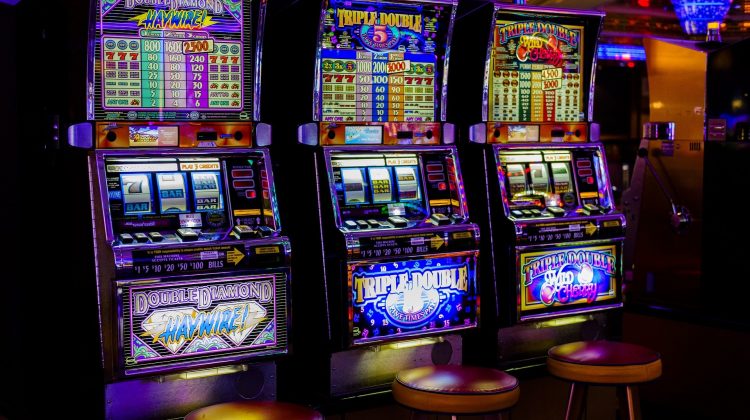
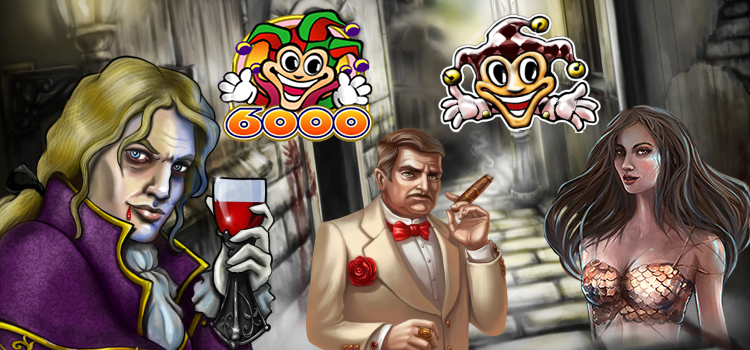
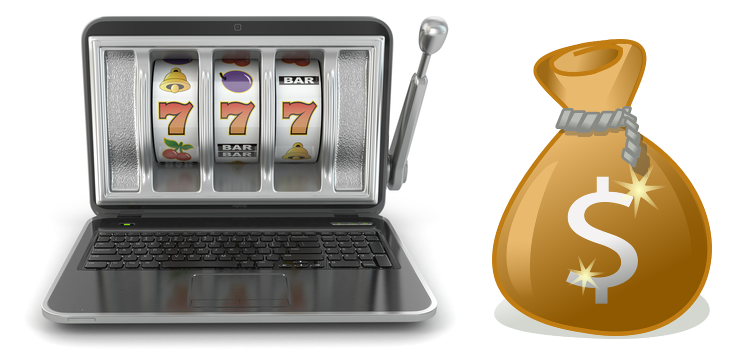




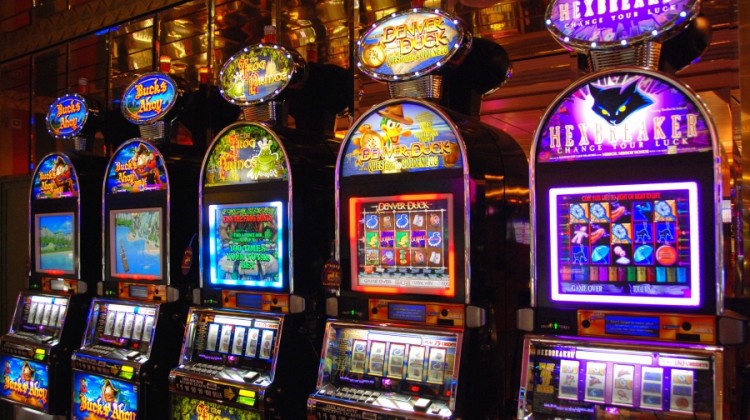
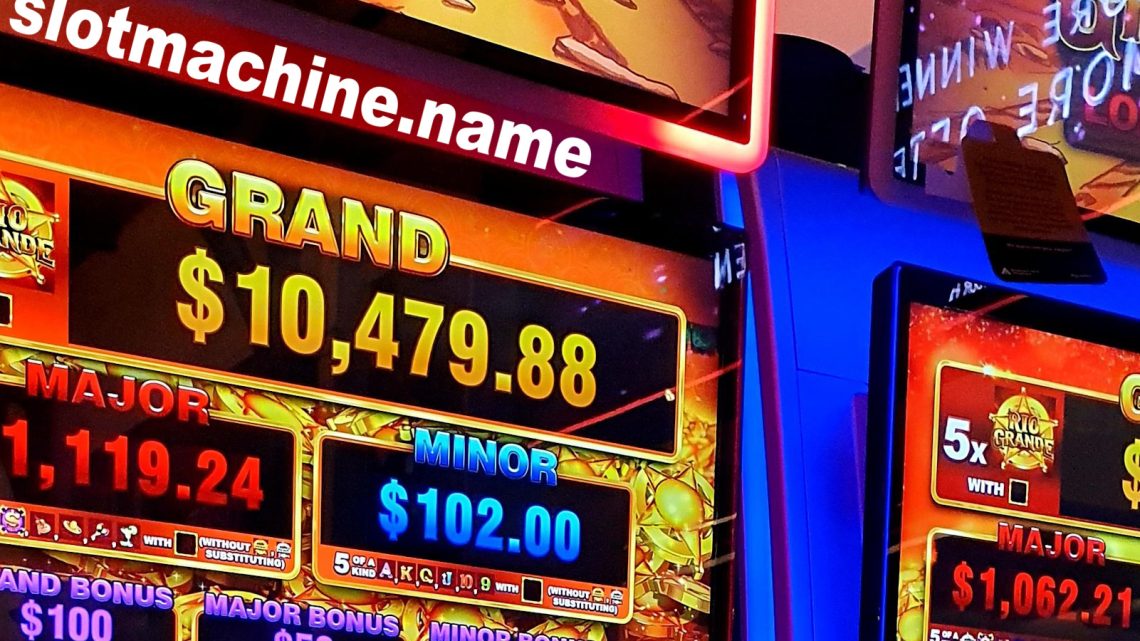
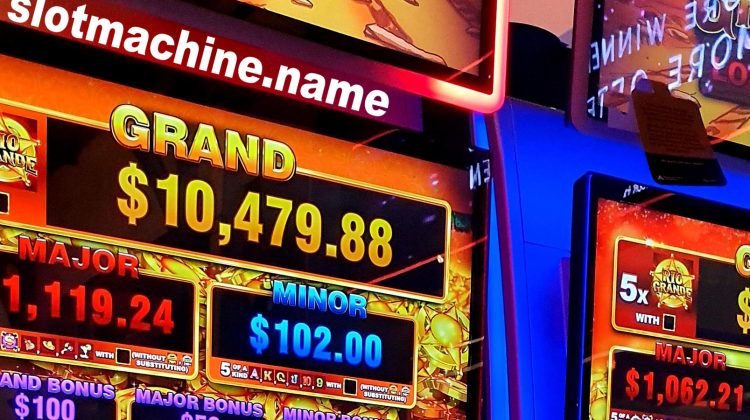
No Comment